
¡Cuba Sí! (1961)
A chronicle of the evolution of the Cuban Revolution, ending with the Bay of Pigs incident and including two interviews with Fidel Castro.

A chronicle of the evolution of the Cuban Revolution, ending with the Bay of Pigs incident and including two interviews with Fidel Castro.
 Étienne LalouInterviewer
Étienne LalouInterviewer Igor BarrèreInterviewer
Igor BarrèreInterviewer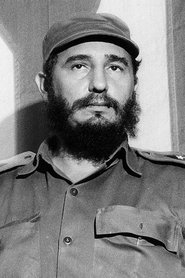 Fidel CastroSelf - Cuban Politician (uncredited)
Fidel CastroSelf - Cuban Politician (uncredited)
Alina, Luisa and América are three women who after fighting to restore and stabilize democracy to their country realize they’ve been betrayed by the leader of the revolution. The three women begin to confront and challenge the new system in their own ways and for different reasons they find themselves jailed.
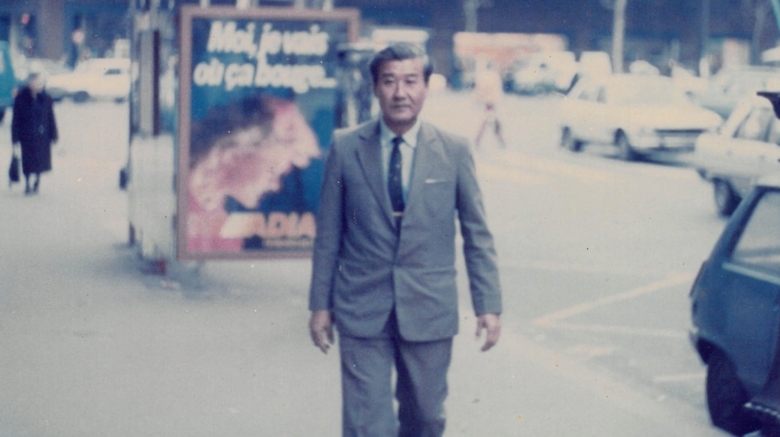
Born to Korean immigrant parents freed from indentured servitude in early twentieth century Mexico, Jerónimo Lim Kim joins the Cuban Revolution with his law school classmate Fidel Castro and becomes an accomplished government official in the Castro regime, until he rediscovers his ethnic roots and dedicates his later life to reconstructing his Korean Cuban identity. After Jerónimo's death, younger Korean Cubans recognize his legacy, but it is not until they are presented with the opportunity to visit South Korea that questions about their mixed identity resurface.
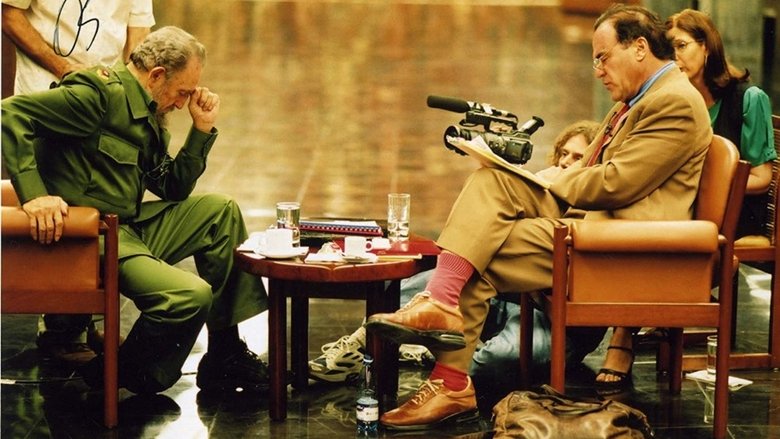
Oliver Stone spends three days filming with Fidel Castro in Cuba, discussing an array of subjects with the president such as his rise to power, fellow revolutionary Che Guevara, the Cuban Missile crisis, and the present state of the country.
Viva El Vedado presents the history of the Havana neighborhood of El Vedado from the last quarter of the 19th century through the Cuban Revolution and highlights its varied and outstanding architecture. Known as a cultural center of Havana, Vedado is particularly notable for its unique collection of Cuban architecture of the 20th century. The film’s goal is to introduce its audiences to the neighborhood’s remarkable architecture, its vibrant life, and the need for preserving Vedado as part of Havana’s heritage. It is a glimpse beyond tourist fantasies and stereotypes, a rare view of one of Havana’s most important neighborhoods.
The story of Cuban refugees who risked their lives in homemade rafts to reach the United States, and what life is like for those who succeed.

Documentary about Fidel Castro, covering 40 years of Cuban Revolution. Rare Fidel Castro footage: he appears swimming with a bodyguard, visiting his childhood home and school, playing with his friend Nelson Mandela, meeting kid Elián Gonzalez, and celebrating his birthday with the Buena Vista Social Club group.

The Argentine, begins as Che and a band of Cuban exiles (led by Fidel Castro) reach the Cuban shore from Mexico in 1956. Within two years, they mobilized popular support and an army and toppled the U.S.-friendly regime of dictator Fulgencio Batista.
American Rebels in Cuba follows the very unusual life of “Rebels” Neill and Nancy Macaulay and their involvement with the Cuban Revolution. Neill Macaulay, an American who fought with a band of Fidelistas in the final months of the Cuban Revolution and his young wife Nancy tell their incredible story of war, revolution, and attempt to settle in post-war Cuba.
The Castro revolution was just consolidating its power when, in 1961, over 100,000 students were sent from their schools into the countryside to teach the peasants there how to read. Coinciding with the Bay of Pigs invasion, in this docudrama, 15-year-old Mario (Salvador Wood) has come to a tiny village in the Zapata swamps and gradually wins the villagers over to his task. At the same time, he receives an education in the realities of rural life from the hard-working peasants.
The Antonio Maceo Brigade consists of fifty-five children of Cuban families that escaped the revolution and settled down in Miami. To the annoyance of their parents, the children developed pro-Castro ideas. This documentary follows the Brigade on its first visit to Cuba. When they meet family members and embrace old neighbours, childhood memories surface.
Fidel Castro, the former President of Cuba and one of the most controversial figures of the 20th century, passed away in November. He famously claimed that "history will absolve me", but will it? This special film considers Castro and his legacy.
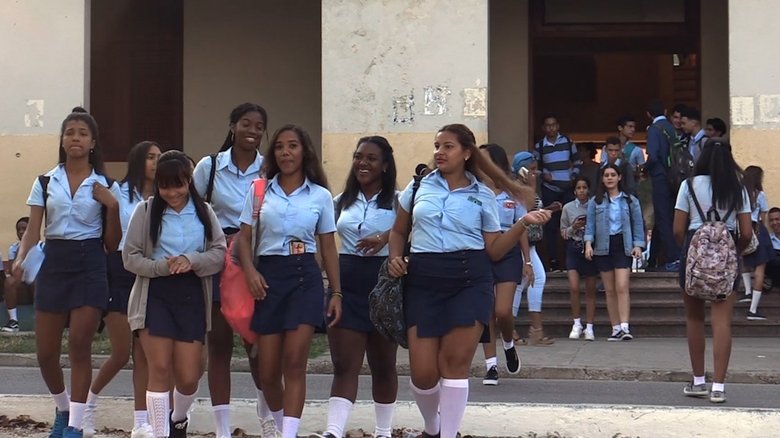
"The Voice of Innocence" is a documentary that shows how, starting in 1959, the Cuban Revolution put into practice a comprehensive and universal policy of safeguarding the rights of the child, even under the multiple difficulties resulting from the economic, commercial and financial blockade imposed by the United States more than six decades ago. Cuba is one of the main signatories of the Convention on the Rights of the Child, signed on 20 November 1989, when the country had already made extraordinary progress in protecting the rights of the child, in comparison to developed countries, such as the United States, which as of today hasn't yet ratified the Convention.
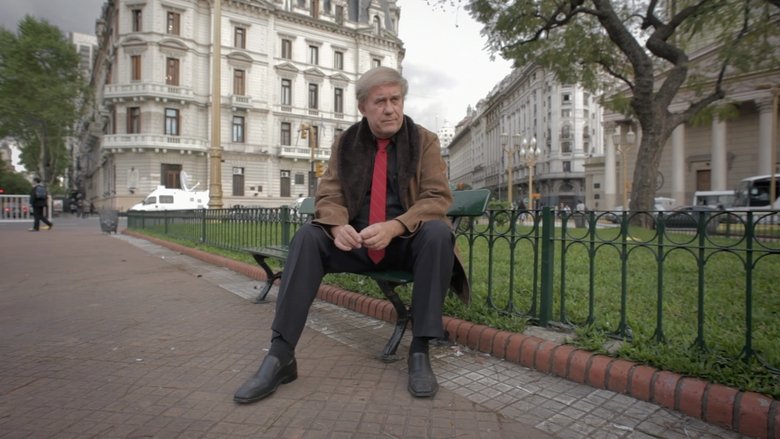
The incredible story of Bill Gaede, an Argentinian engineer, programmer… and Cold War spy.
Ana Deborah Mola and Belkis Lescaille were among the first young teachers who started pilot programs around the island of Cuba in 1960, laying foundation for the massive National Literacy Campaign that would take place the following year.
The two young Swedish journalist's Erik Gandini and Tarik Saleh have worked one year with Sacrificio, a film about the events surrounding the death of Che Guevara. They have traveled the world around and met among others the man who shot Che Guevara and the former CIA agent who walks around with Che's last tobacco in his pistol butt. In their attempts to find out what really happened they discover that the man who is accused of having betrayed Che Guevara as a matter of fact lives in Malmö, in the south of Sweden.

From millions of photos, posters, videos, t-shirts, postcards, records, books, phrases, testimonies, Che watches over us. Beyond all paraphernalia, he returns. Irreverent, mocking, stubborn - morally stubborn - Che will always be the subject of debate. The exclusive teleSUR series “Ernesto Guevara, also known as 'Che'”, aims to address the figure of Ernesto Guevara as it has never been told before. Conversing with the characters who were with him in important moments, visiting the real settings where Che spent his life.
Between 1960 and 1962 more than 14,000 cuban children were sent alone by their parents to the USA. This clandestine operation -with the participation of the CIA and the Catholic Church- became known as "Operation Peter Pan". Many of the parents had expected to follow their children, who had been granted visa waivers by the US government, but the Missile Crisis terminated the flights between the two countries and the children found themselves stranded in the USA. In 2009, for the first time a group of the Peter Pan children, now adults visited Cuba to give "closure and make peace with the land where they were born".
In 1950s Havana, a romance blooms between two young revolutionaries whose clandestine printing press publishes pamphlets meant to stir up rebellion against the dictatorship of Fulgencio Batista. As their popularity grows, so, too, does their revolutionary zeal and their desire to mobilize other urban guerilla units.
This film was shot in Cuba in 1994. The opportunity came when Russel Porter, an Australian documentary filmmaker, was invited to teach at the international film and television school (EICTV) located some forty kilometers from Havana. He took the opportunity to make a film about life in Cuba today. He examines how people are surviving the hardships caused initially by the "blockade" imposed by the USA over 30 years ago and increased by the more recent loss of trade with the countries of Eastern Europe. The goal was to faithfully and objectively portray the current atmosphere and character of this "little island in the Caribbean." Apart from Russel and producer Denise Patience, the film crew was Cuban: cinematographer Alejandro Perez, sound recordist Lenin de los Reyes, production manager Elaine Santos, and local liaison Alex Alday.

The Cuban Revolution turns fifty years old. Fifty years of history, myths and challenges of a country that has influenced politics and culture around the world, becoming for many the symbol of the revolt against capitalism.A country full of contradictions, but which has always exerted a great fascination for its strong political and cultural identity. "The Gold of Cuba" wants to go deep and reconstruct the most exciting and the mostdramatic moments in the history of the Caribbean island. But it also wants to analyze the present through the testimonies collected from many young people who tell their hopes, opinions, expectations and dreams, trying to imagine the future that awaits this small country with a great history.